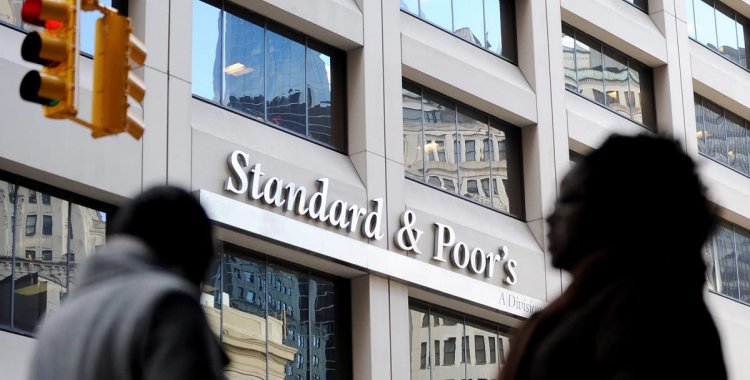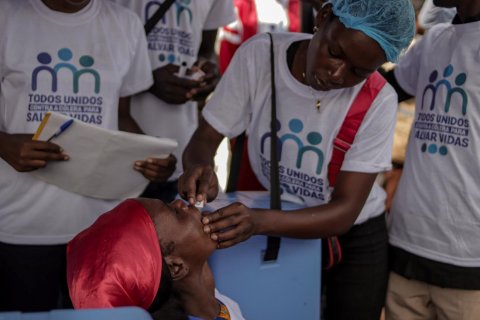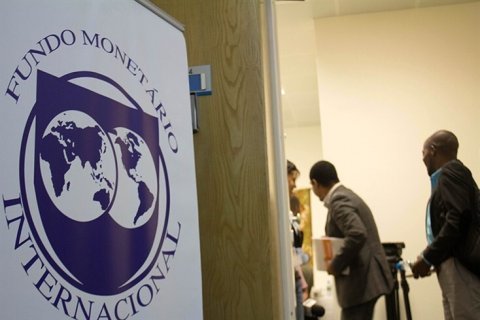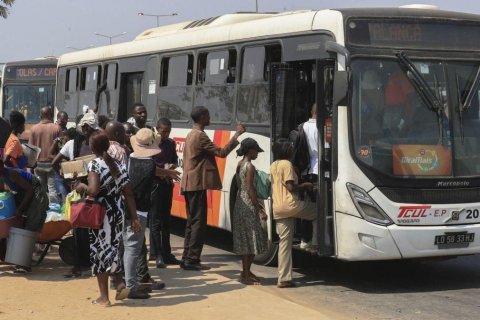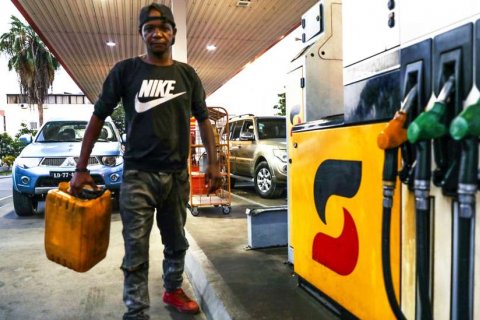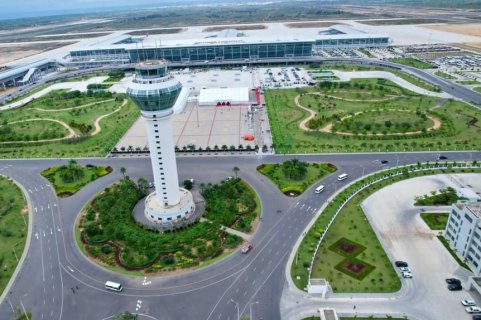"Angola's debt metrics have worsened, partly due to the sharp drop in the recently liberalized foreign exchange market", said the analyst who leads the team that analyzes Angola, Ravi Bathia.
Speaking to Lusa, commenting on the decision of S&P to keep the outlook for Angola's evolution negative and the rating at B- level, he added: "However, this is being offset by an impressive reform program and by prudence budget ".
In the report accompanying the announcement of the decision to maintain the rating in B- and the outlook for negative developments, S&P estimates that GDP contracted 1.1 percent in 2019, "partly due to the decline in production oil, after having already dropped 1.2 percent in 2018, 0.1 percent in 2017 and 2.6 percent in 2016".
Growth "is expected to return in 2020, but the outlook for the economy to evolve will remain challenging and weigh heavily on public finances," warn analysts.
Despite the difficulties, Angola's economy is expected to improve: "We hope that the government's macroeconomic reforms, supported by the IMF [International Monetary Fund] program, will improve and expand the country's economic capacity, which should help to contain budget deficits. and stabilize the levels of foreign currency reserves in the coming years ", the note reads.
For S&P, "the Government of João Lourenço has carried out significant reforms on the economy and against corruption", exemplifying with the creation of regulators in the hydrocarbon and mineral sectors, "to free Sonangol and Endiama from the role of concessionaires".
This, they add, "is helping to increase transparency and investor confidence in these sectors", which represent the vast majority of the country's budget revenue and almost all exports.
In explaining the revision of the rating, which is kept at B-, that is, below the investment recommendation (rubbish, as it is generally known), Standard & Poor's analysts stress that "the debt burden has risen rapidly" and point out that "debt rose from 88.6 percent of GDP [gross domestic product] in 2018 to 103 percent of GDP in 2019, when it was 30 percent in 2014".
This strong rise between 2018 and 2019 "resulted mainly from the drop of more than 56 percent in the value of the kwanza", they say, but in the coming years the expectation of analysts is that the debt will fall.
"We expect the accumulation of debt to decline by the end of 2023, assuming that the Government maintains budgetary consolidation commitments in the context of a slower depreciation of the kwanza", reads the note accompanying the decline in the 'evolutionary outlook' rating 'of Angola, which puts the debt at 92 percent in 2023 and that the cost of payments represents "27.8 percent of revenue, on average, between 2020 and 2023".
At the macroeconomic level, S&P expects Angola to return to growth this year, with an expansion of 1 percent of GDP, after last year having seen wealth contract again by 1.1 percent.
For 2021 an acceleration is expected to 1.5 percent, and then 2.5 percent the following year and 2.8 percent in 2023, well below the 4.8 percent recorded in 2014, the year in which the decline of the price of oil caused the national economy to slow down first and then to retreat later.
The unemployment rate, however, will remain at 35 percent by the end of 2023 and the growth rate per capita, which measures the wealth distributed by each inhabitant, will always be negative until 2023, meaning that the growth of the economy will not come to improve the lives of all Angolans.

